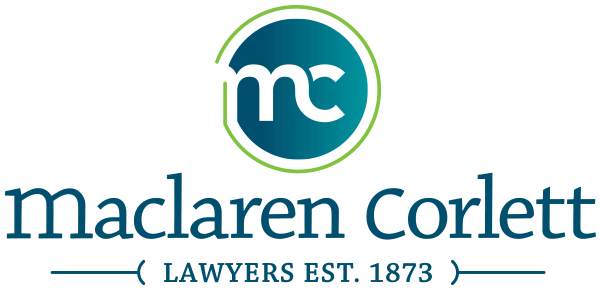So You Want to Appeal… (Part 3): Appealing a decision from Small Claims Court
In Part 2 of this series, I began my discussion of the rules and procedures of appealing a decision from the Ontario Small Claims Court (“Small Claims”). I will continue that discussion here, complete it in Part 4, and delve into appeals from other Ontario courts in later posts.
In Part 2 of this series, I discussed the documents required to begin an appeal (the Notice of Appeal and Appellant’s Certificate Respecting Evidence), the time deadlines associated with them, and began describing what it means to “perfect” your appeal. To perfect your appeal, you will need to create an appeal book and compendium (see Rule 61.10), an exhibit book (see Rule 61.10.1), a printed copy AND electronic copy of the transcripts (if applicable), an appellant’s factum, a book of authorities and a certificate of perfection. These make up the body of your argument and supporting evidence, and are the basis upon which the respondent will reply to your appeal and the Divisional Court judge(s) will evaluate your claim.
Appeal Book and Compendium – Rule 61.10 of the Rules of Civil Procedure clearly describe the requirements of the Appeal Book and Compendium, what should be included and in what order. Be sure to follow these rules closely and ensure that all copies are legible; the registrar may refuse to accept your appeal book and compendium if they are not. Note also, as per Rule 4.07(3) of the Rules of Civil Procedure, this is to be bound, front and back, in buff covers
Exhibit Book – Rule 61.10.1 of the Rules of Civil Procedure clearly describe the requirements of the Exhibit Book. As with the Appeal Book and Compendium, be sure to follow these rules closely.
Transcripts – If the inclusion of transcripts is applicable to your case, note that Rule 4.07(4) of the Rules of Civil Procedure dictates that these are to be bound, front and back, in red covers.
Appellant’s Factum – Rules 61.11 of the Rules of Civil Procedure clearly describe the requirements of the Appellant’s Factum and the different parts and Schedules it should contain. Overall, a factum should be a “concise summary” of fact and law. It is generally held that 30 pages or less is acceptable. If you believe that more than 30 pages will be necessary, an appointment with a judge should be arranged, through the Registrar of the Court, before filing. Note also, as per Rule 4.07(5) of the Rules of Civil Procedure, this is to be bound, front and back, in white covers
Book of Authorities – This is a collection of the authorities that you intend to refer to at the hearing, with the relevant passages clearly marked within the cases. There should be an index, and a separate tab for each case. Counsel for both the Appellant and the Respondent should consult on this document as well: while each may wish to provide their own Book of Authorities, there should be no duplication between them.
Certificate of Perfection – Rule 61.09 of the Rules of Civil Procedure outline the procedure for Perfecting Appeals. Specifically, rules 61.09(3)(c) and 68.05(1) set out what is to be included in the Certificate of Perfection Once this document has been filed, the court will place the application on a list for hearing, and all parties (and anyone else named in the Certificate of Perfection) will receive a notice of listing for hearing (Form 65B) in the mail.
If you are the Respondent in an appeal from Small Claims to Divisional Court, you will have your own set of documents that must be completed, served and filed, in response to the Appellant’s documents. As a Respondent, you will also need to determine if a cross-appeal is appropriate in your case, and be aware of the additional documentation required if it is. I will go into more detail on the requirements of a Respondent, in Part 4 of this series, as well as complete my discussion of the rules and procedures of appealing a decision from the Ontario Small Claims Court (“Small Claims”) to the Divisional Court.
As a reminder, here are some helpful references to note:
- Rule 61 of the Rules of Civil Procedure
- the Ministry of the Attorney General’s “Guide to Appeals in Divisional Court” http://www.attorneygeneral.jus.gov.on.ca/english/courts/divisional/Guide_to_Appeals_in_Divisional_Court_EN.html; and
- the Court of Appeal for Ontario’s informative website (http://www.ontariocourts.ca/coa/en/).
These resources should all be used in combination with the advice of a litigation lawyer, if you are considering an appeal from Small Claims.



